Martin O'Hanlon
Martin O'Hanlon - Make LLMs make sense with GraphRAG
#1about 2 minutes
Understanding the problem of LLM hallucinations
Large language models are powerful but often invent facts, a problem known as hallucination, which presents made-up information as truth.
#2about 5 minutes
Demonstrating how context can ground LLM responses
A live demo in the OpenAI playground shows how an LLM hallucinates a weather report but provides a factual response when given context.
#3about 2 minutes
Introducing retrieval-augmented generation (RAG)
Retrieval-augmented generation is an architectural pattern that improves LLM outputs by augmenting the prompt with retrieved, factual information.
#4about 5 minutes
Understanding the fundamentals of graph databases
Graph databases like Neo4j model data using nodes for entities, labels for categorization, and relationships to represent connections between them.
#5about 6 minutes
Using graphs for specific, fact-based queries
While vector embeddings are good for fuzzy matching, knowledge graphs excel at providing context for highly specific, fact-based questions.
#6about 3 minutes
Demonstrating GraphRAG with a practical example
A live demo shows how adding factual context from a knowledge graph, such as a beach closure, dramatically improves the LLM's recommendation.
#7about 2 minutes
Summarizing the two main uses of GraphRAG
GraphRAG serves two key purposes: extracting entities from unstructured text to build a knowledge graph and using that graph to provide better context for LLMs.
Related jobs
Jobs that call for the skills explored in this talk.
Featured Partners
Related Videos
 42:26
42:26How to Avoid LLM Pitfalls - Mete Atamel and Guillaume Laforge
Meta Atamel & Guillaume Laforge
 29:40
29:40Lies, Damned Lies and Large Language Models
Jodie Burchell
 25:17
25:17AI: Superhero or Supervillain? How and Why with Scott Hanselman
Scott Hanselman
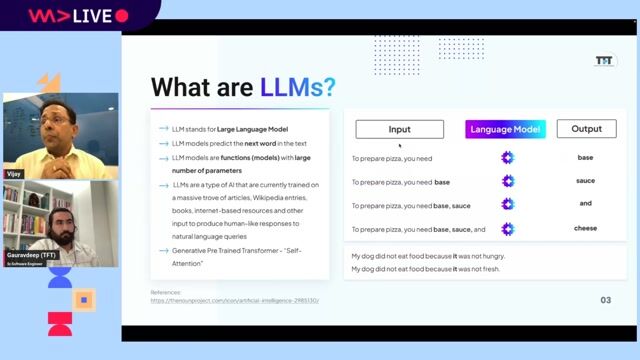 58:00
58:00Creating Industry ready solutions with LLM Models
Vijay Krishan Gupta & Gauravdeep Singh Lotey
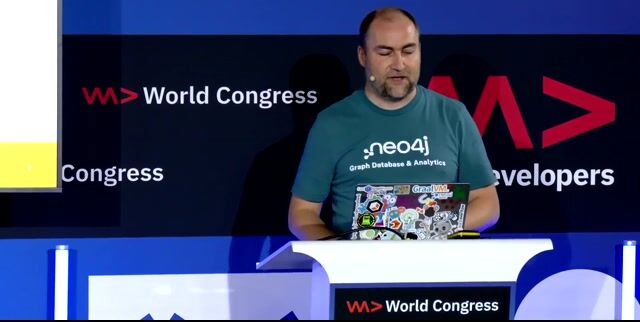 29:11
29:11Large Language Models ❤️ Knowledge Graphs
Michael Hunger
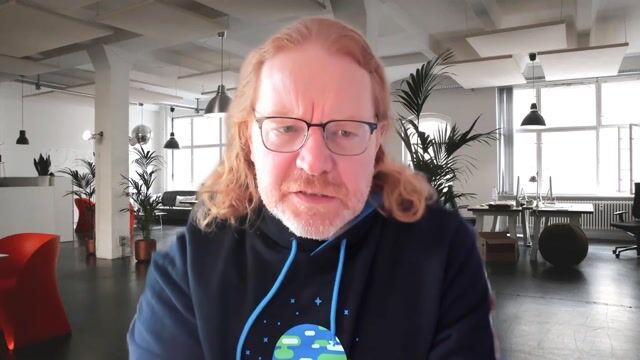 46:51
46:51Graphs and RAGs Everywhere... But What Are They? - Andreas Kollegger - Neo4j
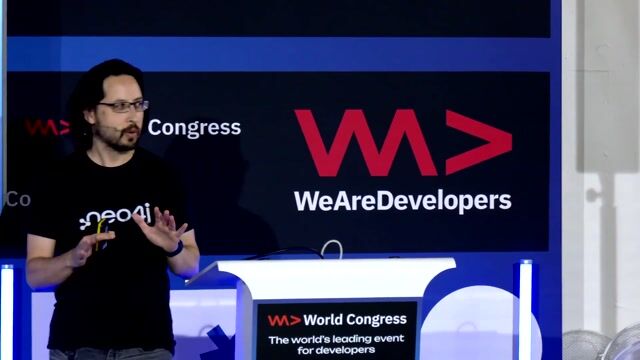 27:35
27:35Give Your LLMs a Left Brain
Stephen Chin
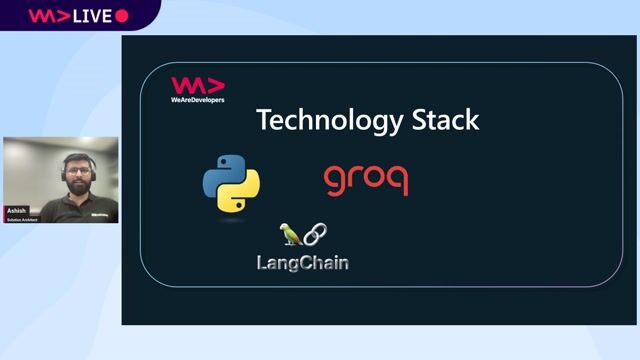 26:25
26:25Building Blocks of RAG: From Understanding to Implementation
Ashish Sharma
From learning to earning
Jobs that call for the skills explored in this talk.


Senior Machine Learning Engineer (f/m/d)
MARKT-PILOT GmbH
Stuttgart, Germany
Remote
€75-90K
Senior
Python
Docker
Machine Learning
Agentic AI Architect - Python, LLMs & NLP
FRG Technology Consulting
Intermediate
Azure
Python
Machine Learning
AI/ML Team Lead - Generative AI (LLMs, AWS)
Provectus
Canton de Saint-Mihiel, France
Remote
€96K
Senior
Python
PyTorch
TensorFlow
+4
AI/ML Team Lead - Generative AI (LLMs, AWS)
Provectus
Canton de Saint-Mihiel, France
Remote
€96K
Senior
Python
PyTorch
TensorFlow
+4
Data Scientist (Large Language Models)
Cognism
Charing Cross, United Kingdom
Remote
Junior
Machine Learning
AI Evaluation Data Scientist - AI/ML/LLM - (Hybrid (Hybrid) - Barcelona
European Tech Recruit
Barcelona, Spain
Intermediate
GIT
Python
Pandas
Docker
PyTorch
+2

